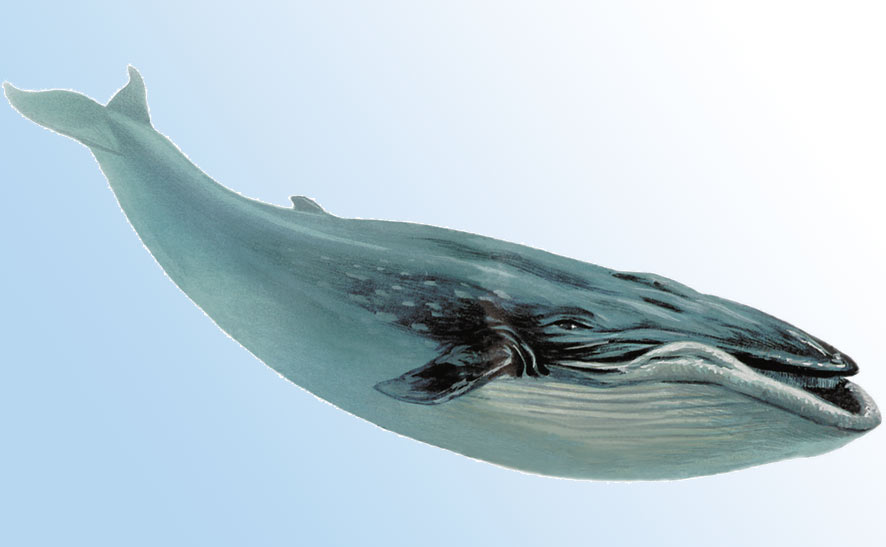World Animal Population Statistics Detail
Endangered, hunted, smuggled and now some would say abandoned, these animals have the smallest chances of recovery out off all the Earth’s creatures. Last year, studies shown that there are at least 35 different animals with world populations of under 1000. But which are the rarest, the animals on the brink of extinction? We have rounded up a list of 10 of the rarest animals in the wild. These animals are so rare, they might disappear forever, and they’re not alone!
Northern Hairy-nosed Wombat: In the 19th century this species of wombat was present in New South Wales and Victoria but now can only be found in a small national park near Epping Forest Station in tropical Queensland. While this area has been protected as a National Park, the native grasses that the wombat eats are overtaken by non-indigenous plants. The Northern hairy-nosed wombat is the rarest Australian marsupial, and probably the world’s rarest large mammal. In the latest population study, there are an estimated 113 (range 96 to 150) individual. A major recovery program is underway, funded by the Queensland and Commonwealth governments to the tune of $250,000 per year.
This wolf is a smaller and a more slender cousin of the gray wolf, historically ranging from southeasternRed Wolf United States to Florida and Texas. Now, their home is the 1.7 million acres throughout northeastern North Carolina, including Alligator River National Wildlife Refuge and Pocosin Lakes National Wildlife Refuge. Only 20 pure red wolves were estimated in 1980, however the number increased to 207 captive red wolves, found in 38 captive breeding facilities across the United States. With the successful breeding programs, over 100 red wolves currently live in the wild.
Red wolf: Runner-up. Dwarf Blue Sheep – The Dwarf Blue Sheep or Dwarf Bharal Pseudois schaeferi is an endangered species of caprid found in China and Tibet. The dwarf blue sheep population in the world has declined to a total of 70–200 individuals, currently being listed as endangered by the International Union for Conservation of Nature. The species is hunted, and in their limited range cannot escape from humans and livestock. As of 1997, China did not recognize them as a seperate species so efforts to conserve the species have not been initiated.
Endangered, hunted, smuggled and now some would say abandoned, these animals have the smallest chances of recovery out off all the Earth’s creatures. Last year, studies shown that there are at least 35 different animals with world populations of under 1000. But which are the rarest, the animals on the brink of extinction? We have rounded up a list of 10 of the rarest animals in the wild. These animals are so rare, they might disappear forever, and they’re not alone!
Northern Hairy-nosed Wombat: In the 19th century this species of wombat was present in New South Wales and Victoria but now can only be found in a small national park near Epping Forest Station in tropical Queensland. While this area has been protected as a National Park, the native grasses that the wombat eats are overtaken by non-indigenous plants. The Northern hairy-nosed wombat is the rarest Australian marsupial, and probably the world’s rarest large mammal. In the latest population study, there are an estimated 113 (range 96 to 150) individual. A major recovery program is underway, funded by the Queensland and Commonwealth governments to the tune of $250,000 per year.
This wolf is a smaller and a more slender cousin of the gray wolf, historically ranging from southeasternRed Wolf United States to Florida and Texas. Now, their home is the 1.7 million acres throughout northeastern North Carolina, including Alligator River National Wildlife Refuge and Pocosin Lakes National Wildlife Refuge. Only 20 pure red wolves were estimated in 1980, however the number increased to 207 captive red wolves, found in 38 captive breeding facilities across the United States. With the successful breeding programs, over 100 red wolves currently live in the wild.
Red wolf: Runner-up. Dwarf Blue Sheep – The Dwarf Blue Sheep or Dwarf Bharal Pseudois schaeferi is an endangered species of caprid found in China and Tibet. The dwarf blue sheep population in the world has declined to a total of 70–200 individuals, currently being listed as endangered by the International Union for Conservation of Nature. The species is hunted, and in their limited range cannot escape from humans and livestock. As of 1997, China did not recognize them as a seperate species so efforts to conserve the species have not been initiated.
World Animal Population Statistics
World Animal Population Statistics
World Animal Population Statistics
World Animal Population Statistics
World Animal Population Statistics
World Animal Population Statistics
World Animal Population Statistics
World Animal Population Statistics
World Animal Population Statistics
World Animal Population Statistics
World Animal Population Statistics
World Animal Population Statistics












No comments:
Post a Comment